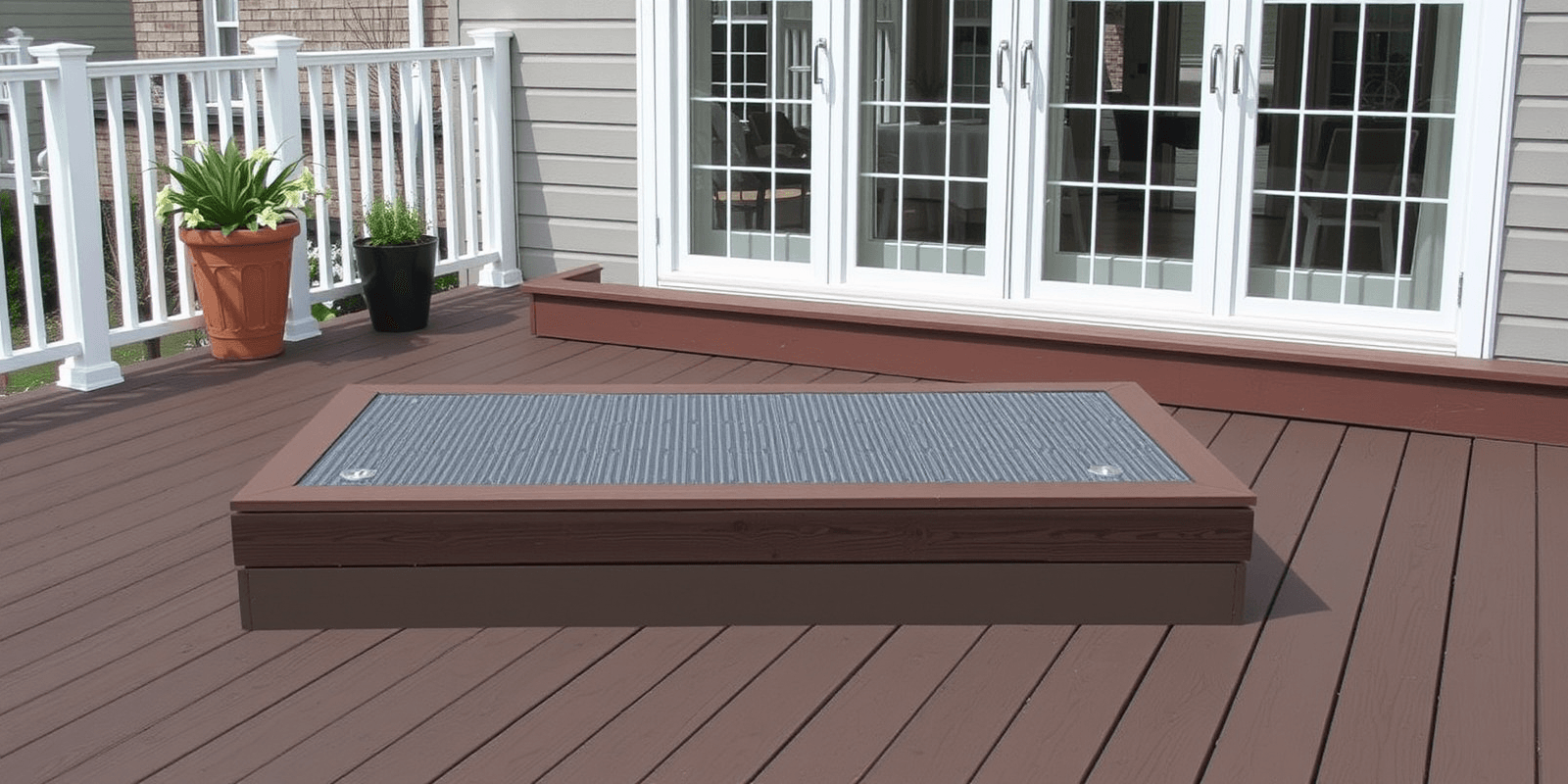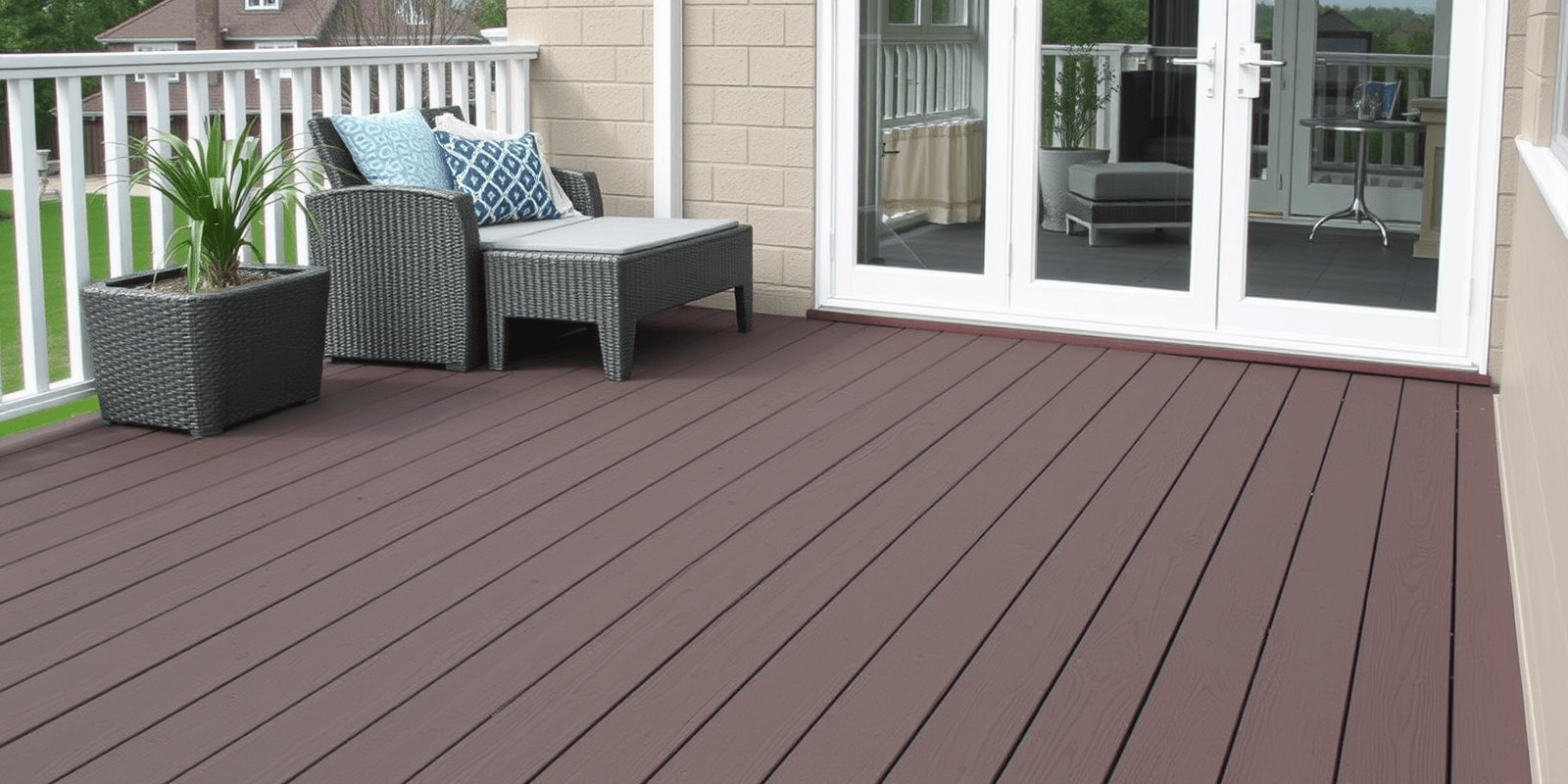“`html
Will Composite Decking Float?
Introduction
Composite decking is a popular choice for outdoor living spaces due to its durability and low maintenance requirements. However, a common question that arises is whether composite decking will float when exposed to water. In this article, we will explore the reasons why composite decking does not float, discussing its density, manufacturing process, and the types of materials used in its construction. We will also examine real-life scenarios where composite decking has been exposed to water.
Density and Composition
The primary reason composite decking does not float is its density. Composite decking is typically made from a combination of wood fibers and plastic resins. These materials are carefully selected and mixed to create a product that is denser than water. The density of composite decking ranges from 1.1 to 1.5 grams per cubic centimeter, which is significantly higher than the density of water (1 gram per cubic centimeter).
For example, Trex composite decking, one of the most popular brands on the market, has a density of approximately 1.4 grams per cubic centimeter. This high density ensures that the decking material will sink rather than float when submerged in water.
Manufacturing Process
The manufacturing process of composite decking plays a crucial role in determining its properties, including its density and buoyancy. During production, wood fibers and plastic resins are mixed together under high pressure and temperature. This process creates a strong bond between the materials, resulting in a solid and dense product.
Moreover, the manufacturing process allows for precise control over the composition and density of the final product. Manufacturers can adjust the ratio of wood fibers to plastic resins to achieve specific characteristics, such as increased strength or improved water resistance.
Types of Materials Used
The types of materials used in composite decking also contribute to its inability to float. Wood fibers, such as recycled sawdust or wood flour, provide structural integrity and enhance the overall strength of the decking. Plastic resins, often derived from recycled plastic bottles or other post-consumer waste, act as a binding agent and help to waterproof the decking material.
These materials are combined in a way that maximizes their benefits while minimizing any potential weaknesses. For instance, some manufacturers add UV inhibitors and mold-resistant additives to further improve the durability and longevity of the composite decking.
Real-Life Scenarios
Despite its high density and water-resistant properties, composite decking can still be exposed to water in various ways, such as heavy rain, flooding, or proximity to bodies of water. However, these exposures do not cause the decking to float.
For example, during Hurricane Sandy in 2012, many homes in coastal areas experienced flooding. While some traditional wooden decks were damaged or destroyed, composite decks remained intact and did not float away. Similarly, composite decks installed near lakes, rivers, or oceans have shown resilience against prolonged exposure to water.
“`



